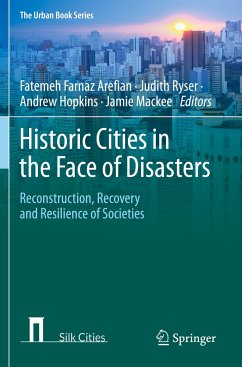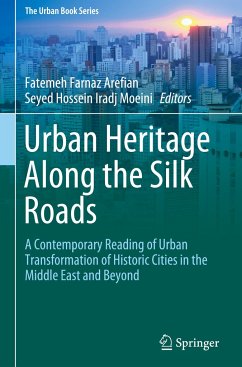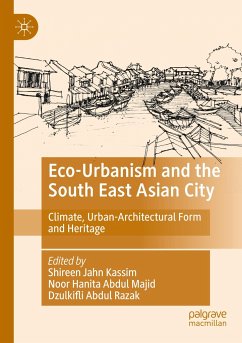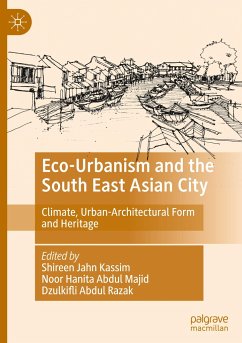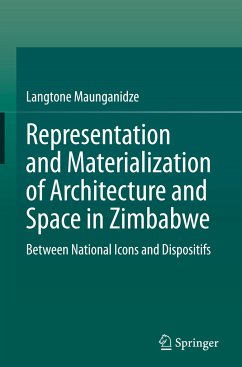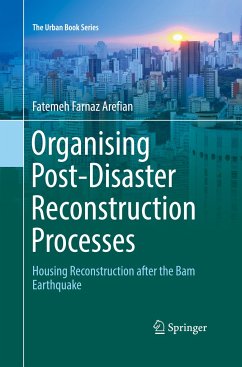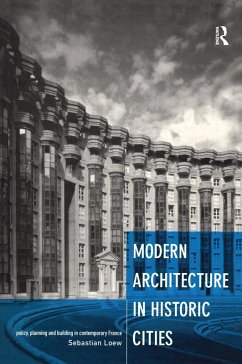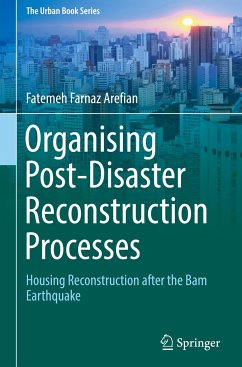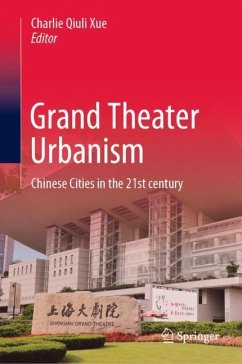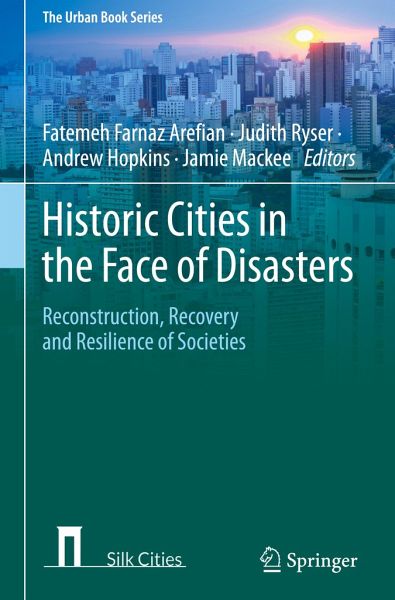
Historic Cities in the Face of Disasters
Reconstruction, Recovery and Resilience of Societies
Herausgegeben: Arefian, Fatemeh Farnaz; Ryser, Judith; Hopkins, Andrew; MacKee, Jamie

PAYBACK Punkte
58 °P sammeln!
This book examines reconstruction and resilience of historic cities and societies from multiple disciplinary and complementary perspectives and, by doing so, it helps researchers and practitioners alike, among them reconstruction managers, urban governance and professionals. The book builds on carefully selected and updated papers accepted for the 2019 Silk Cities international conference on 'reconstruction, recovery and resilience of historic cities and societies', the third Silk Cities conference held in L'Aquila, Italy, 10-12 July 2019, working with University of L'Aquila and UCL.This multi...
This book examines reconstruction and resilience of historic cities and societies from multiple disciplinary and complementary perspectives and, by doing so, it helps researchers and practitioners alike, among them reconstruction managers, urban governance and professionals. The book builds on carefully selected and updated papers accepted for the 2019 Silk Cities international conference on 'reconstruction, recovery and resilience of historic cities and societies', the third Silk Cities conference held in L'Aquila, Italy, 10-12 July 2019, working with University of L'Aquila and UCL.
This multi-scale, and multidisciplinary book offers cross-sectoral and complimentary voices from multiple stakeholders, including academia, urban governance, NGOs and local populations. It examines post-disaster reconstruction strategies and case studies from Europe, Asia and Latin America that provide a valuable collection for anyone who would like to get a global overview on the subject matter. It thereby enables a deeper understanding of challenges, opportunities and approaches in dealing with historic cities facing disasters at various geographical scales. Additionally, it brings together historical approaches to the reconstruction of historical cities and those of more recent times. Thus, it can be used as a reference book for global understanding of the subject matter.
This multi-scale, and multidisciplinary book offers cross-sectoral and complimentary voices from multiple stakeholders, including academia, urban governance, NGOs and local populations. It examines post-disaster reconstruction strategies and case studies from Europe, Asia and Latin America that provide a valuable collection for anyone who would like to get a global overview on the subject matter. It thereby enables a deeper understanding of challenges, opportunities and approaches in dealing with historic cities facing disasters at various geographical scales. Additionally, it brings together historical approaches to the reconstruction of historical cities and those of more recent times. Thus, it can be used as a reference book for global understanding of the subject matter.



